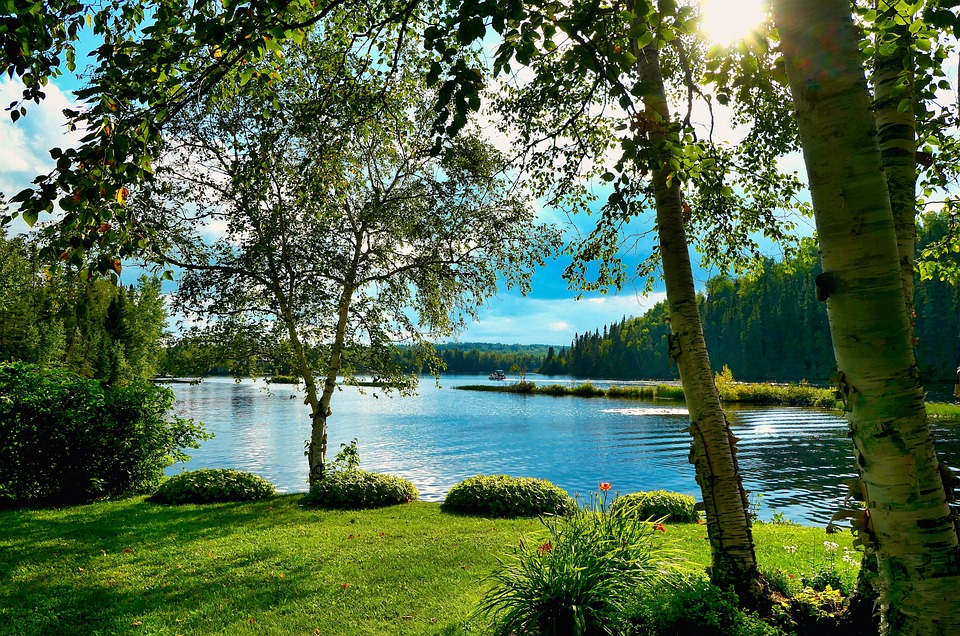

What is biodiversity? Why should we protect it? How is biodiversity protected? In what way, and how successful? What exactly are the so-called “hotspots”?
What is biodiversity ?
The word biodiversity is divided into two parts. “Bio,” what “life” means, and “diversity.” A common definition of biodiversity is the diversity of living species on Earth. These are all living species, not only the obvious animals and plants, but also viruses and bacteria.
Biodiversity is not expressed in numerical value, there is no global scale available that indicates the extent of biodiversity somewhere. It is therefore very difficult to compare biodiversity in different areas. However, it is possible to say whether the biodiversity is high or low, whether large or small.
There is a great biodiversity when there are many different species in an area. Not every species counts equally heavily in this. Rare species increase biodiversity more than common species. For example, an area where only urban pigeons occur will have a lower biodiversity than an area of field owls, which can be found on the red list of endangered bird species.
Why protect biodiversity?
Many different organizations focus on protecting biodiversity. Governments also protect biodiversity, sometimes with far-reaching consequences. But why the trouble? Why do people have to make an effort to protect biodiversity?
There are a number of reasons why biodiversity is intended to protect. First, there is the importance of biodiversity to serve as a resource. Plant species in particular can have great medicinal properties. These are far from familiar. Except as raw materials for medicines, different types – especially trees – are important building materials. In order to preserve them, the preservation of the species on which they are dependent is also necessary.
The second reason to protect biodiversity is the preservation of genetic variation. The usefulness of protecting genetic variation is not obvious at first glance, but it is certainly present. When diseases occur among crops or cattle, they can cause great damage.
The crops and animals of a species are very similar, because they are often bred from the same ancestors. They also have any sensitivity to a particular disease.
So when a large potato disease breaks out, it is quite possible that most of the domesticated potatoes go to the ground. However, there are still varieties of wild potatoes, which can take their place. These species have developed in the wild, and are generally more diverse than the species grown by humans.
This means that there are wild potatoes that survive a disease is more than the chance that planted potatoes do this. Protecting genetic variation can therefore contribute to certainty about food supply in the future.
A third reason to protect biodiversity – and nature in general – is because of its power to capture harmful substances. Different types can capture different substances. Think, for example, of particulate matter, but also the conversion of carbon dioxide (CO2) into oxygen by plants.
Biodiversity can also improve soil quality. Organisms that live in the soil, such as worms and beetles improve soil quality by shrinking and mixing substances in the soil.
Nature is also widely used for recreation. High biodiversity makes nature more attractive for recreation. After all, an area where many different species can be seen is more fun to walk through than a monoculture.
The loss of some species will not notice, it seems. After all, who cares if there are black beetles or dark brown beetles running through a lawn? However, the effects of extinction of species can be large. If the dark brown beetle has a bad year, leaving few, then birds will eat more black beetles.
After all, there are more of them. However, if there are no more black beetles, then in this simplified view the brown beetles will first die out and then the birds. The brown beetles are eaten by birds, and the birds die after that because there is no more food. This allows the extinction of some species at the bottom of the food chain to cause a chain of chains to cause many species to become extinct.
The last reason to be discussed here to protect biodiversity is because of its intrinsic value. This is about biodiversity having a value, purely because it is there.
How to protect biodiversity?
The conventional method of protecting biodiversity is to identify certain areas and remove all people from it. Possibly people can still visit the area, but living in it is taboo. However, it appears that biodiversity is higher in places where people do interfere with nature. Precisely when people hunt certain animals, occasionally partially set fire to an area or cut down trees, other species enter the area. These species depend on the disturbances.
Another way of protecting biodiversity that is gaining popularity is the protection by farmers in rural areas, for example. Through subsidies, farmers can, for example, be encouraged to help in meadow bird management. Although problems occur regularly, this form of protecting biodiversity is fairly successful.
Hot spots and hotspots
Hotspots are areas where there is a lot of biodiversity. These areas will receive additional protection under international treaties. Hotspots are coral reefs and tropical rainforests.